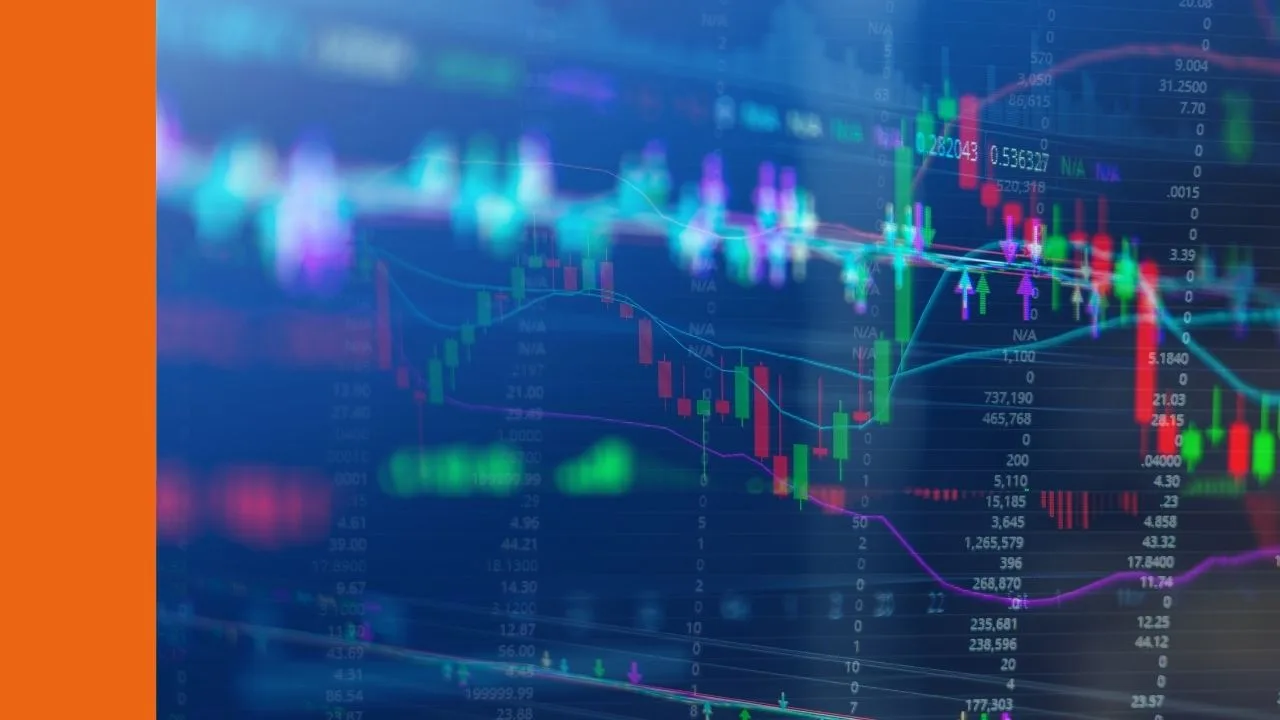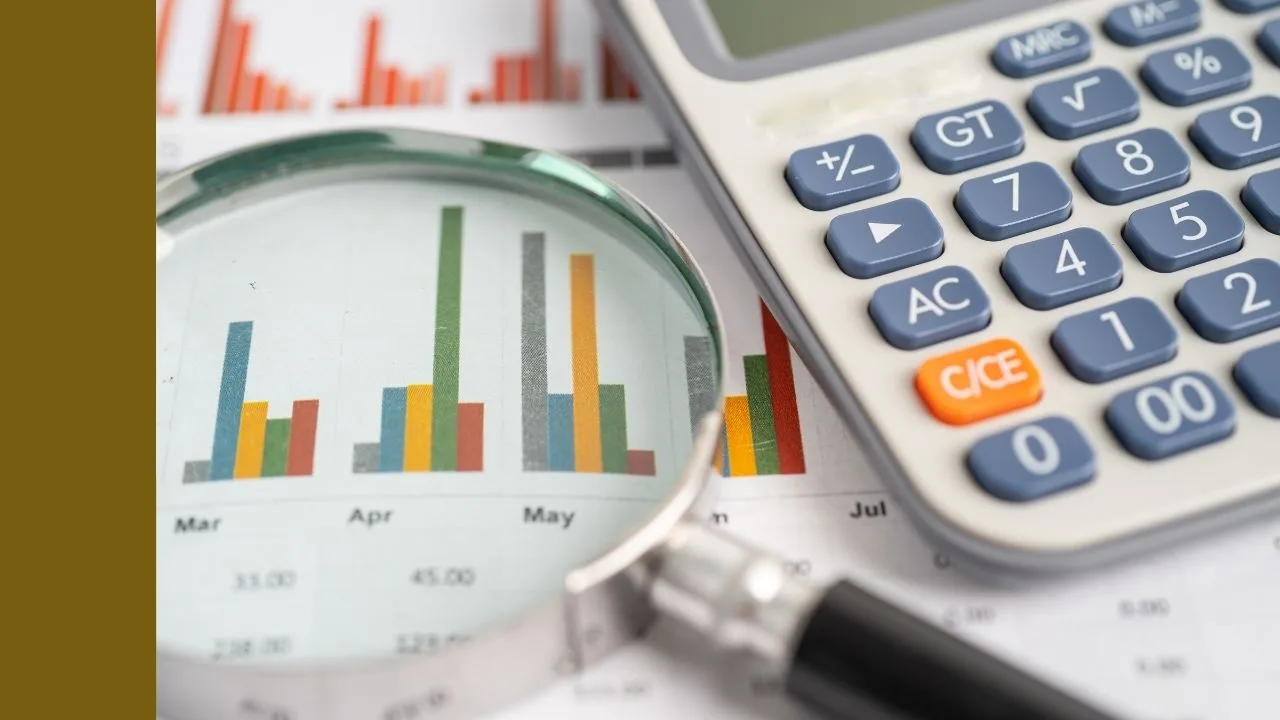For the ASX 200 (INDEXASX: XJO) March was a month of ups and downs, but the 200 finished slightly lower, down 0.19% from the beginning of the month. Here’s a recap of the important events…
Bellamy’s shares went through the roof
Bellamy’s Australia Ltd (ASX: BAL) shares rose just over 25% through March to go from $8.83 to $11.10. Much of the reason for the rise was the release of their half-year results, which you can read about here. The rest comes down to momentum; this is a hot stock right now.
Going forward, Bellamy’s are still waiting on successful State Administration of Market Regulation (SAMR) registration which would allow them to start selling Chinese-label products in China through e-commerce or retail outlets. This could be a huge growth area if it gets approved, so we could see the share price climb higher again. It should be noted though that the application was submitted in December 2017, so they’ve been waiting a while for this to come through.
Appen Buys Figure Eight
Appen Ltd (ASX: APX) announced the acquisition of Figure Eight in the US. Appen describes Figure Eight as the best-in-class machine learning software platform.
The acquisition cost Appen US$175 million, funded through a $285 million fully-underwritten institutional capital raising at a price of $21.50 per share. You can read more about the acquisition here.
The share price has struggled since the announcement. For the month, Appen shares were down 5.19%.
Kogan Marketplace Couldn’t Stop Sell-Off
Kogan.com Ltd (ASX: KGN) announced the launch of Kogan Marketplace on March 14, sending the share price up 8%.
It’s an online marketplace with more than 100,000 products available and several leading brands involved. You can read more of the details here. Unfortunately, it wasn’t enough to stop the slide.
When Kogan made the announcement, the share price was already down 13% for the month. After shooting up, the shares continued dropping again and finished the month down 13.87%
Economists & Yield Curves
During March, bond market yield curves inverted in both Australia and the US. This means that the yield/return of a three-month US Treasury bill was higher than the return on a 10-year government bond. In other words, a better return in a shorter amount of time — this goes against economic theory.
This Rask Media article goes into great detail on what this means, but in brief it is sometimes considered to be a predictor of a recession. It could mean we have a recession coming. Or it could mean nothing. Or it could mean that the RBA is going to cut interest rates.
Whatever happens next it’s safe to say that it drew a lot of media attention when it happened.
If you’re looking for 3 proven ASX shares which our lead analyst thinks are capable of withstanding the next recession, get his free investing report below…
[ls_content_block id=”14945″ para=”paragraphs”]
Disclaimer: At the time of writing, Max does not own shares in any of the companies mentioned.








